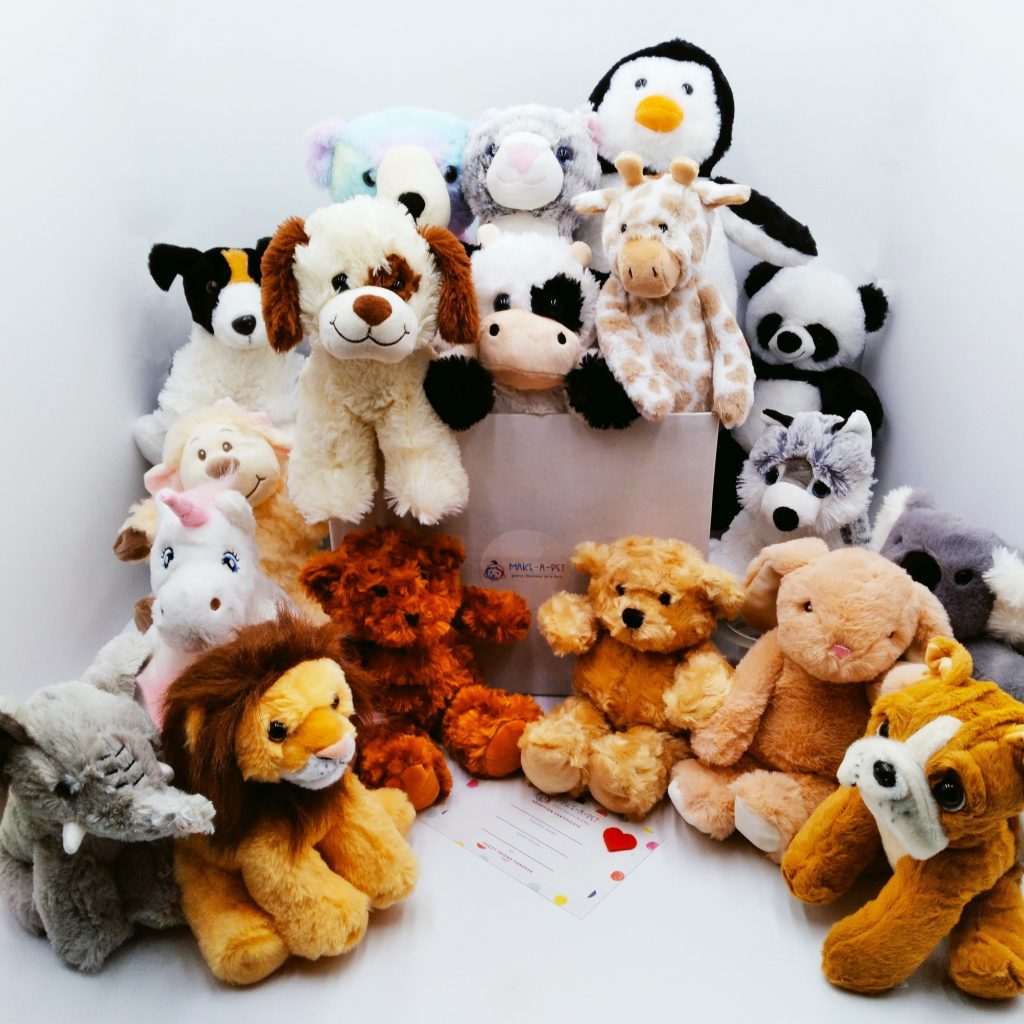Stuffed Animals in Culture

Introduction:
Stuffed animals, beloved companions of culture in childhood, hold a special place in the hearts of people worldwide. Beyond their role as cuddly toys, these plush companions often reflect cultural values, traditions, and societal norms unique to different countries. In this article, we embark on a journey to explore the diverse cultural significance of stuffed animals across the globe. Furthermore, delving into how they are woven into the fabric of various societies and cherished for generations.
Cultural Significance in Japan:
Our exploration begins in Japan, where stuffed animals, known as “nuigurumi,” have deep cultural roots. In Japanese culture, these plush companions are not merely toys but cherished symbols of comfort, companionship, and emotional support. The iconic “kawaii” (cute) aesthetic permeates Japanese society, and stuffed animals play a central role in expressing this concept. From the globally recognized Hello Kitty to traditional characters like Rilakkuma, these adorable creatures represent innocence, gentleness, and the beauty of simplicity. Japanese culture also embraces the concept of “kimo-kawaii.” Kimo-Kawaii celebrates the juxtaposition of cuteness with the slightly grotesque or eerie. Consequently, depicted in characters like Totoro from Studio Ghibli films.
Cultural Symbolism in China:
In China, stuffed animals hold symbolic significance deeply rooted in tradition and mythology. The panda is not only a beloved animal but also an enduring symbol of peace, harmony, and resilience. Stuffed panda bears are commonly gifted to children as tokens of good luck and protection. Additionally, Chinese culture associates certain animals with auspicious qualities, such as the dragon symbolizing power and the tiger representing bravery. Stuffed animals typically feature these iconic creatures exchanged during festive occasions and serve as talismans for prosperity and well-being.
Historical Context in Europe:
In Europe, the cultural significance of stuffed animals is intertwined with centuries-old folklore and fairy tales. Traditional European stories abound with anthropomorphic animals and magical creatures, from the wise owl to the mischievous fox. Stuffed animals inspired by these tales not only ignite children’s imaginations but also preserve cultural heritage and storytelling traditions. Moreover, Europe boasts a rich history of craftsmanship in toy-making. So, iconic brands like Steiff in Germany and Merrythought in the United Kingdom produce high-quality stuffed animals cherished by generations.
Contemporary Trends in the United States:
Across the Atlantic in the United States, stuffed animals continue to captivate hearts and minds. However, albeit with modern twists. From iconic characters like Mickey Mouse to innovative interactive plush toys, American culture embraces a diverse array of stuffed animals. These reflect popular entertainment, trends, and technological advancements. In recent years, the rise of customizable stuffed animals, such as Build-A-Bear Workshop, has transformed the toy industry. Also, allowing children to create personalized companions that express their individuality. Additionally, the therapeutic use of stuffed animals in healthcare settings. Also, known as “huggable therapy,” has gained traction, highlighting their role beyond playtime.
Global Impact and Connectivity:
Despite cultural variations, the universal appeal of stuffed animals transcends borders, languages, and generations. In an increasingly interconnected world, the exchange of stuffed animals serves as a symbolic gesture of friendship, empathy, and solidarity. Organizations like Operation Christmas Child and Teddy Bears Without Borders exemplify the global reach of stuffed animals as tools for comfort and compassion. They provide solace to children in times of crisis and adversity.
Conclusion:
As we conclude our journey through the cultural significance of stuffed animals in different countries, it becomes evident that these cuddly companions hold far more meaning than meets the eye. From Japan’s embrace of cuteness to China’s reverence for symbolism, from Europe’s rich storytelling traditions to America’s innovation-driven trends, stuffed animals serve as cultural ambassadors, storytellers, and sources of joy worldwide. As we continue to celebrate the diversity of human expression, let us cherish the universal language of love embodied by these timeless treasures.

